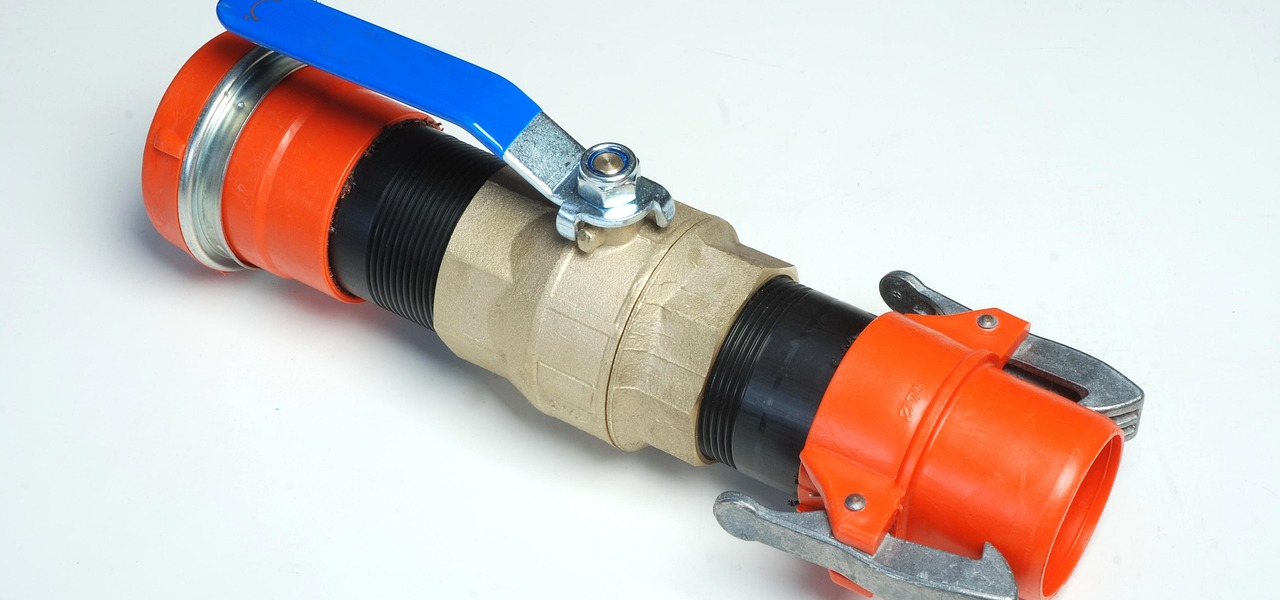Valves, the unsung heroes of plumbing and engineering systems, command significant attention when selecting material for their construction. With factors such as efficiency, safety, and longevity at play, this choice can make a resounding impact. Brass and bronze, the prominent contenders, each bear unique attributes and afford various advantages.
Unmasking Durability and Longevity
Durability – a salient feature for valve materials – can be the pivot on which the entire system balances, especially when environmental conditions are a variable. Brass, a fusion of copper and zinc, is lauded for its robust resistance to corrosion, primarily in indoor plumbing systems or areas with low moisture exposure. Its malleable nature facilitates the ease of installation and repairs.
Bronze, a blend of copper and tin, is distinguished by its extraordinary strength and resistance to wear. This renders it ideal for high-pressure systems or harsh environments like marine settings. The higher tin content fortifies it against corrosion, especially from saltwater, making it perfect for coastal or underwater projects. While brass and bronze both promise durability, bronze tends to outlive extreme conditions, hence offering enhanced longevity.
Balancing Cost with Performance
The brass vs bronze conundrum often orbits around striking a harmony between cost and performance. Generally, brass is more pocket-friendly than bronze, making it a viable solution for standard residential or commercial plumbing systems. Its reasonable cost, coupled with a reliable performance under moderate conditions, appeals to many engineers and plumbers.
Conversely, bronze garners a higher price, owing to its increased durability and specialised applications. Although the initial cost might be steep, the material’s superior performance in heavy-duty or corrosive environments often justifies the expense, especially when factoring in long-term maintenance. With bronze valves demanding less frequent replacements or repairs, the savings over the lifespan of the valve in demanding applications can be significant.
Weighing Environmental and Health Implications
While working with water systems, it becomes vital to assess the environmental and health implications of valve materials. Brass valves from the likes of https://www.valvewarehouseaustralia.com.au/ are majorly deemed safe for potable water systems. However, older brass components might contain high lead levels, posing potential health hazards. Modern regulations necessitate the production of lead-free brass, which is suitable for potable water systems.
Bronze valves, being naturally lead-free, are a safer pick for water systems involving human consumption. Additionally, the corrosion resistance of bronze curtails the risk of chemicals infiltrating the water, enhancing its environmental profile.
Interestingly, both materials are recyclable. However, brass boasts a more robust recycling network, which promotes sustainability. Bronze, while recyclable, is rarely reused due to its specialised applications and potentially limited availability in certain regions.
Summary
The choice between brass and bronze hinges on the specific application requirements. Brass delivers an affordable, versatile solution, excelling in indoor and low-pressure systems. On the other hand, bronze’s supreme durability and resistance under harsh conditions make it the go-to material for high-pressure or corrosive environments. When it comes to water systems, both materials perform admirably, but the modern lead-free brass and naturally lead-free bronze variants offer safer, more reliable options.
Engineers and plumbers need to judiciously examine factors like environmental conditions, system demands, and long-term maintenance before settling on a material. Understanding the unique properties and merits of brass and bronze can help professionals build systems that are efficient, reliable, and enduring.




